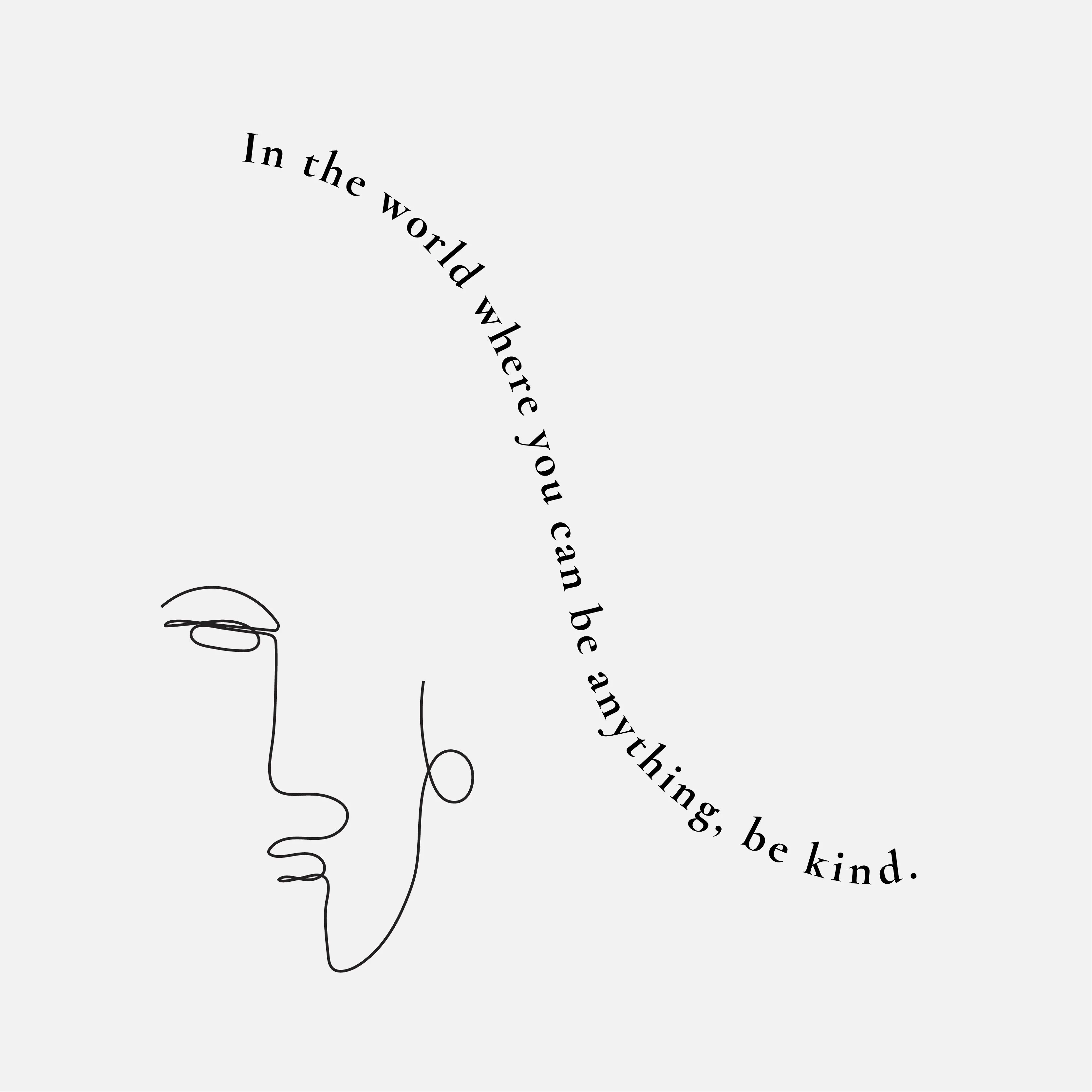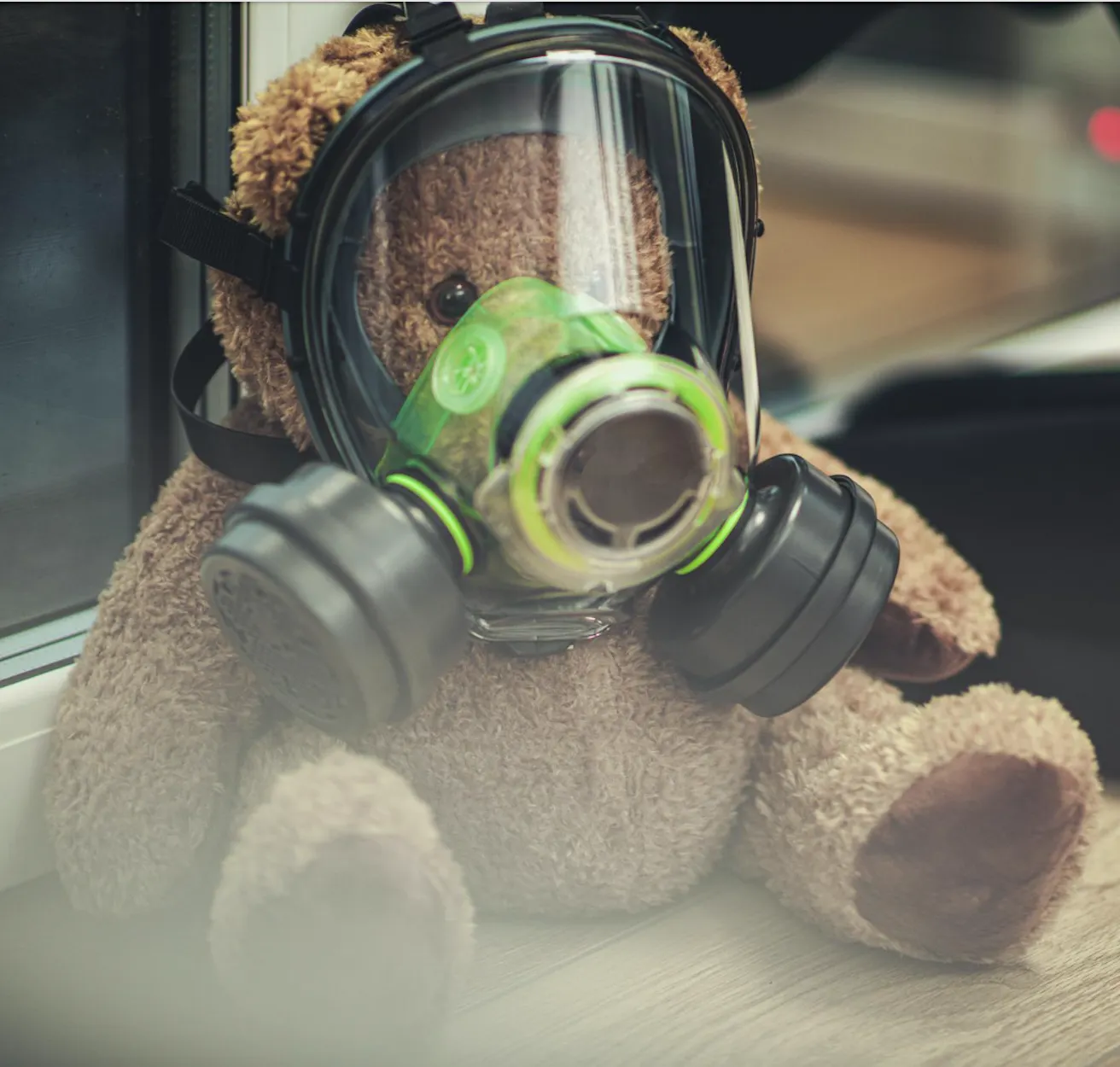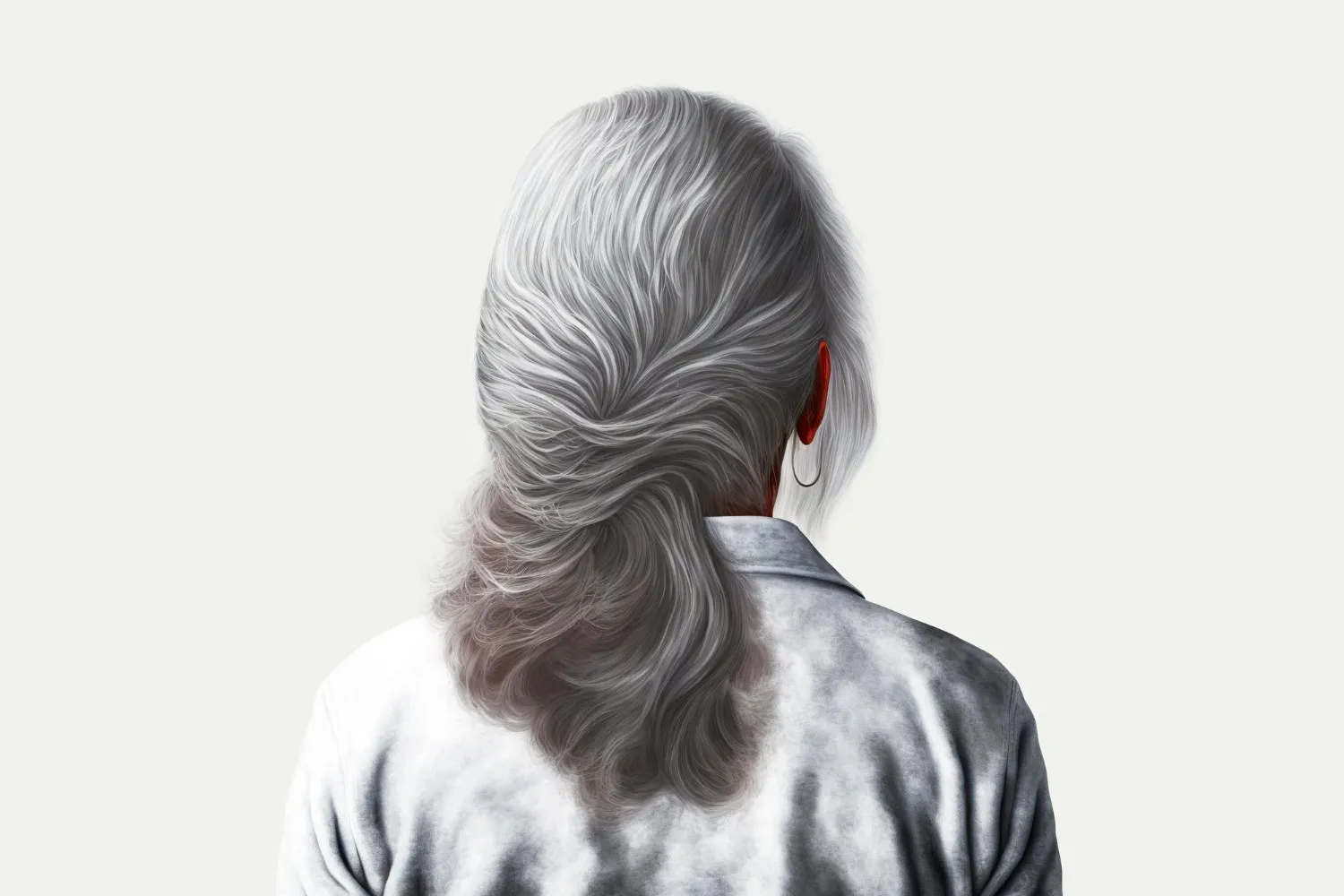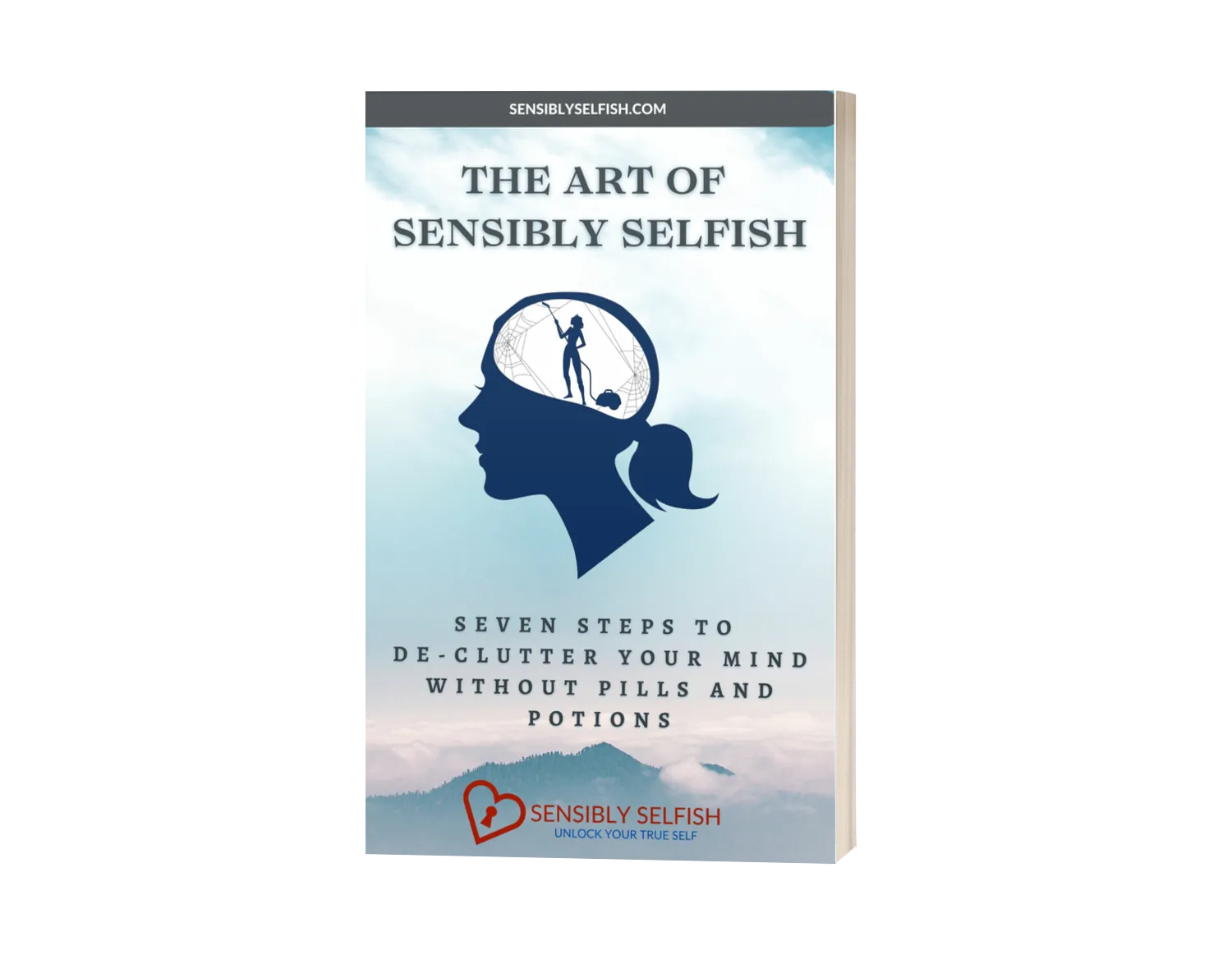Chaos and Clutter No More!
Tips to Declutter Your Living Space
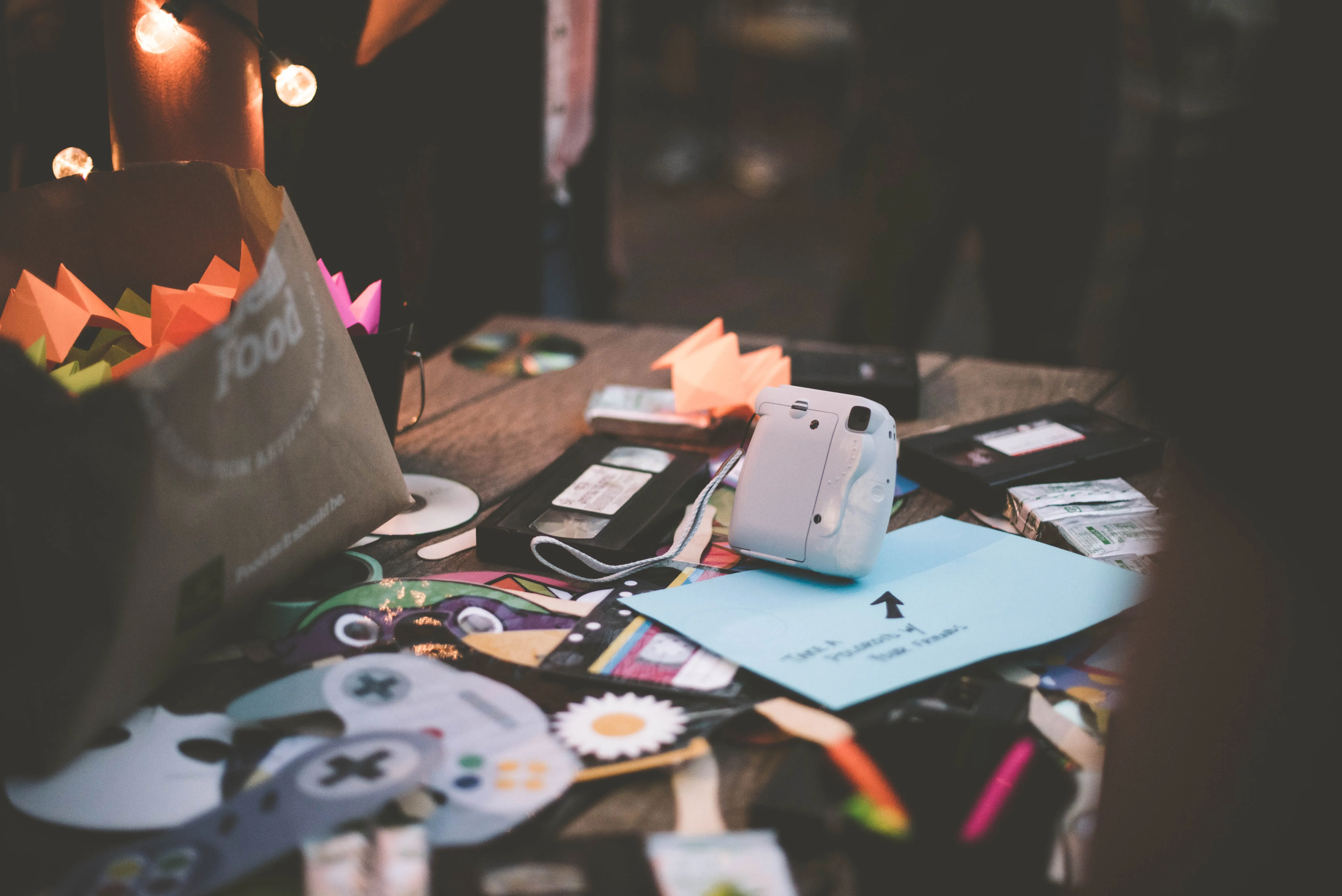
[Toc]
Mess! - a word that immediately creates an ugly picture of chaos and disorder. Truth be told, mess tells the world that you do not care about your surroundings and that you are not in control. When untidiness reigns, it becomes a perpetual cycle of confusion and wasted time—time you will never get back. Clutter sneaks into every corner, leaving no room for anything new to flourish.
But clutter's consequences go beyond just a disorganized physical space. It reaches into your mind, competing for precious brain space, causing brain fog, decreased performance, inflammation, and even physical illness. The downward spiral has already begun, and too much stuff, whether it's mental, physical, or digital, bombards you with stress, vying for your attention.
Now, imagine breaking free from this suffocating grip. Imagine reclaiming your space, your peace, and your sense of control. A powerful remedy exists, and it's within your grasp - decluttering.
Decluttering is not merely tidying up; it's a profound declaration that you are ready for change. It creates space—both physically and mentally—and invites a sense of calmness and wellness into your life. By choosing to declutter at this stage in life, you open the door to reduced stress and newfound freedom.
So, let's embark on this transformative journey together, as we explore the art of decluttering for women over 45. Embrace the power of decluttering and witness how it enables you to create a space that nurtures your soul and empowers you to embrace the possibilities that lie ahead.
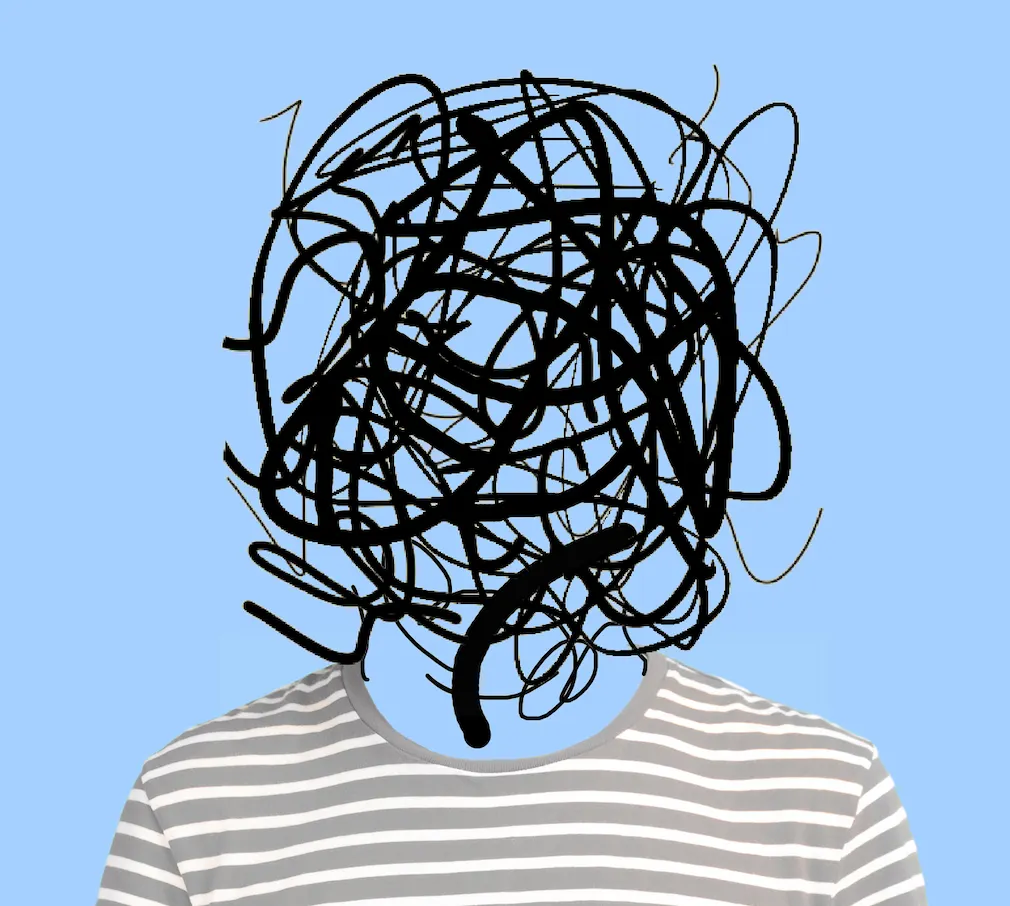
Understanding the Impact of Clutter
Living in a cluttered space can have a significant impact on a woman's well-being. Beyond the physical inconvenience of navigating through piles of belongings, clutter can take a toll on mental health. Studies have shown that a cluttered environment is linked to increased stress, anxiety, and a decreased ability to focus. For women in midlife, who might already be juggling various responsibilities, a cluttered home can exacerbate feelings of overwhelm.
Moreover, clutter can affect physical health, as it often leads to poor indoor air quality, making allergies and respiratory issues more prevalent. Clutter can also lead to a chemical body burden. The emotional toll of living in a disorganized space can't be underestimated either. The constant reminder of unfinished tasks and the struggle to find necessary items can create a sense of failure and frustration. By recognizing the negative impact of clutter on our lives, we can find the motivation needed to embark on a decluttering journey.
Clutter V’s Hoarding
It's essential to distinguish between clutter and hoarding as they are not one and the same. Clutter, as mentioned earlier, refers to a state of disorganization and excess belongings that can be managed through decluttering and organizing efforts.
On the other hand, hoarding is a complex mental disorder characterized by persistent difficulty in parting with possessions, resulting in an overwhelming accumulation of items that severely impairs daily functioning and compromises living spaces. If you or someone you know is struggling with hoarding tendencies, seeking professional help is crucial.
Hoarding disorder often requires the expertise of therapists, psychologists, or professional organizers who specialize in this area. They can offer support, guidance, and compassionate assistance in understanding the underlying issues driving the behavior and developing effective strategies to address the disorder. Remember, there is no shame in seeking help for hoarding disorder and taking that courageous step can lead to a path of healing and improvement in overall well-being.
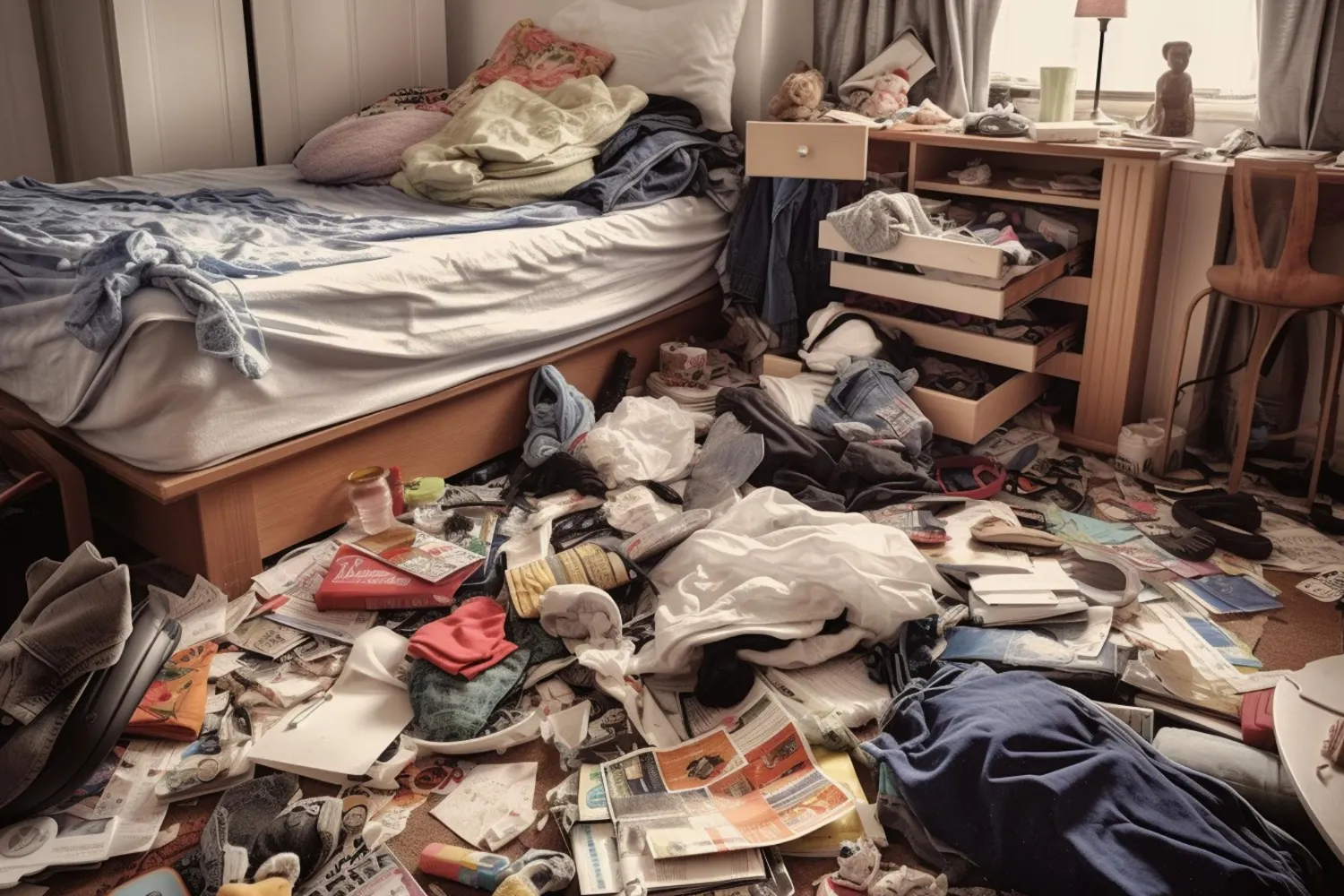
Getting Started: Preparing for Decluttering
Before diving into decluttering, it's essential to adopt a positive mindset. You may even want to start by reading the FREE e.book offered below. Embrace the idea that decluttering is a step towards creating a more peaceful and functional home. Set achievable intentions to avoid feeling overwhelmed. Start by gathering necessary supplies such as bins or boxes for sorting, trash bags for disposal, and labels for organizing.
Decide on a decluttering strategy that suits your preferences and lifestyle. Some women find it effective to declutter room-by-room, while others prefer a category-based approach (e.g., clothing, books, sentimental items).
Are you going to approach your de-cluttering all in one go, or are you going to do it in stages? For example, perhaps going drawer by drawer would suit you better than allocating a whole weekend to the project.
Whatever method you choose, remember that decluttering is a gradual process, and it's okay to take breaks when needed.
[CTA]
Space Your Final Frontier - Maximizing Space, Minimizing Clutter
As you embark on your decluttering journey, part of the process is to organize your belongings efficiently. Before you begin it is worthwhile taking into account this section so you can maximize space and adopt smart storage solutions. By doing so, you can ensure that your possessions are well-organized and easily accessible. Here are some practical tips to help you achieve just that:
Utilize Vertical Space
Look beyond floor-level storage and make use of vertical space. Install wall-mounted shelves or hanging organizers in your closets and rooms. Vertical storage not only saves floor space but also keeps items visible and accessible.
Invest in Multi-Functional Furniture
Opt for furniture pieces that serve dual purposes. For example, consider a coffee table with built-in storage or ottomans with hidden compartments. These versatile pieces help keep belongings out of sight while adding functionality to your living space.
Clear Storage Containers
Use clear storage containers for items that are not regularly used. Clear containers allow you to see what's inside, making it easier to locate specific items without rummaging through boxes. Before you buy your containers, do you have anything already in your home that you can reutilize? For example, glass jam jars make great eco-storage jars without having to buy plastic.
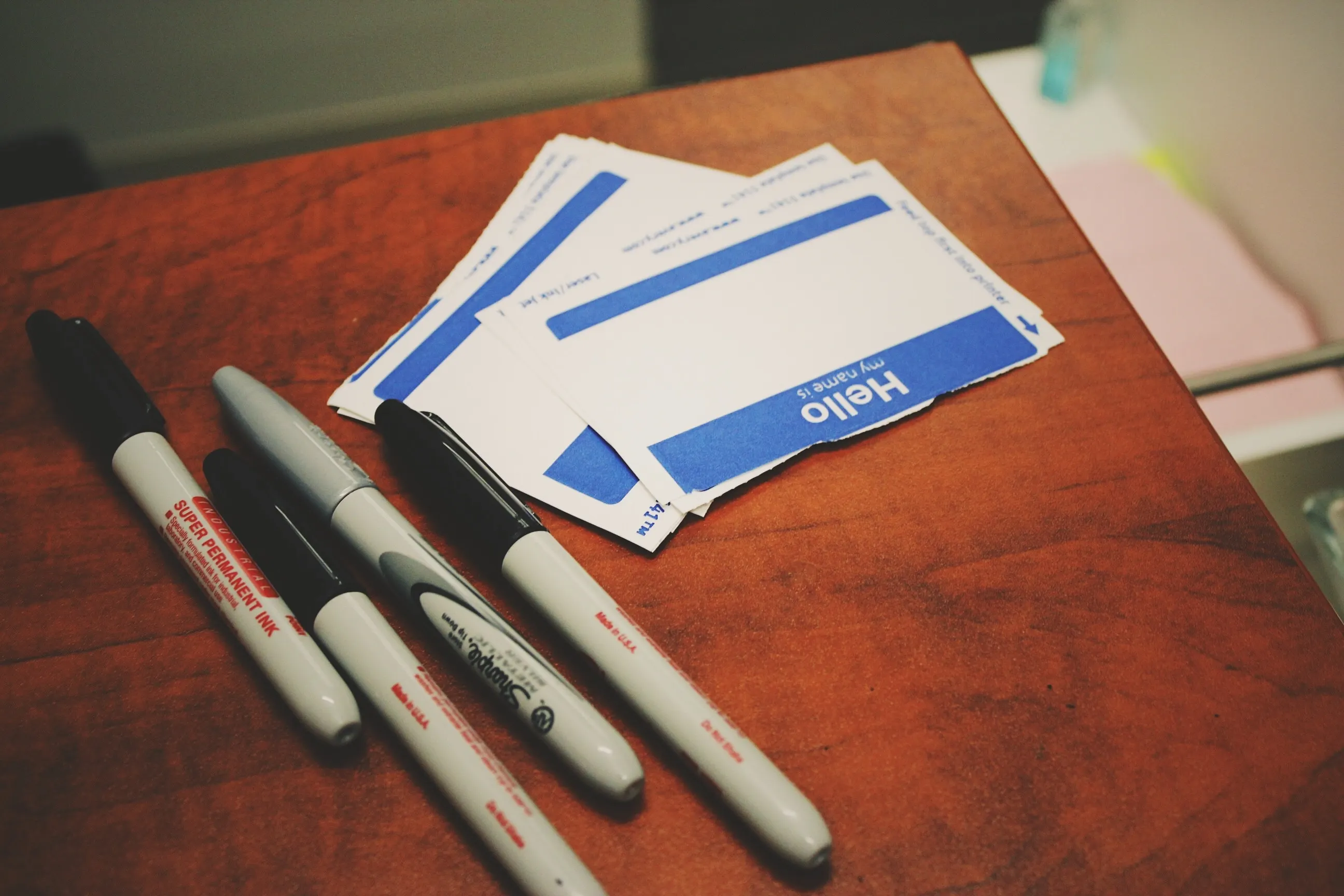
Label Everything
Whether it's in your kitchen pantry or your home office, labeling storage containers and boxes is essential for easy identification. Labeling ensures you can quickly find what you need without creating unnecessary clutter in the process. Always place your labels where you can see them, not on lids for example.
Drawer Dividers
Maximize drawer space by using dividers to compartmentalize items. Drawer dividers keep belongings neat and organized, preventing small items from getting mixed up and lost in the chaos. For example, drawer dividers are great for underwear and t-shirts.
Under-Bed Storage
The space under your bed offers valuable storage potential. Utilize under-bed storage containers to store seasonal clothing, extra bedding, or other items that are not frequently used. Be careful storing under beds, either storing items in vacuum bags or making sure you frequently air to stop mold.
Create Zones
Divide your home into functional zones and assign specific purposes to each area. For example, establish a designated area for paperwork, a reading nook, or a hobby station. Having distinct zones helps prevent belongings from spreading into unrelated areas.
Most homes will have a junk drawer, where items get placed when no one knows what to do with them. This area will probably need more frequent attention.
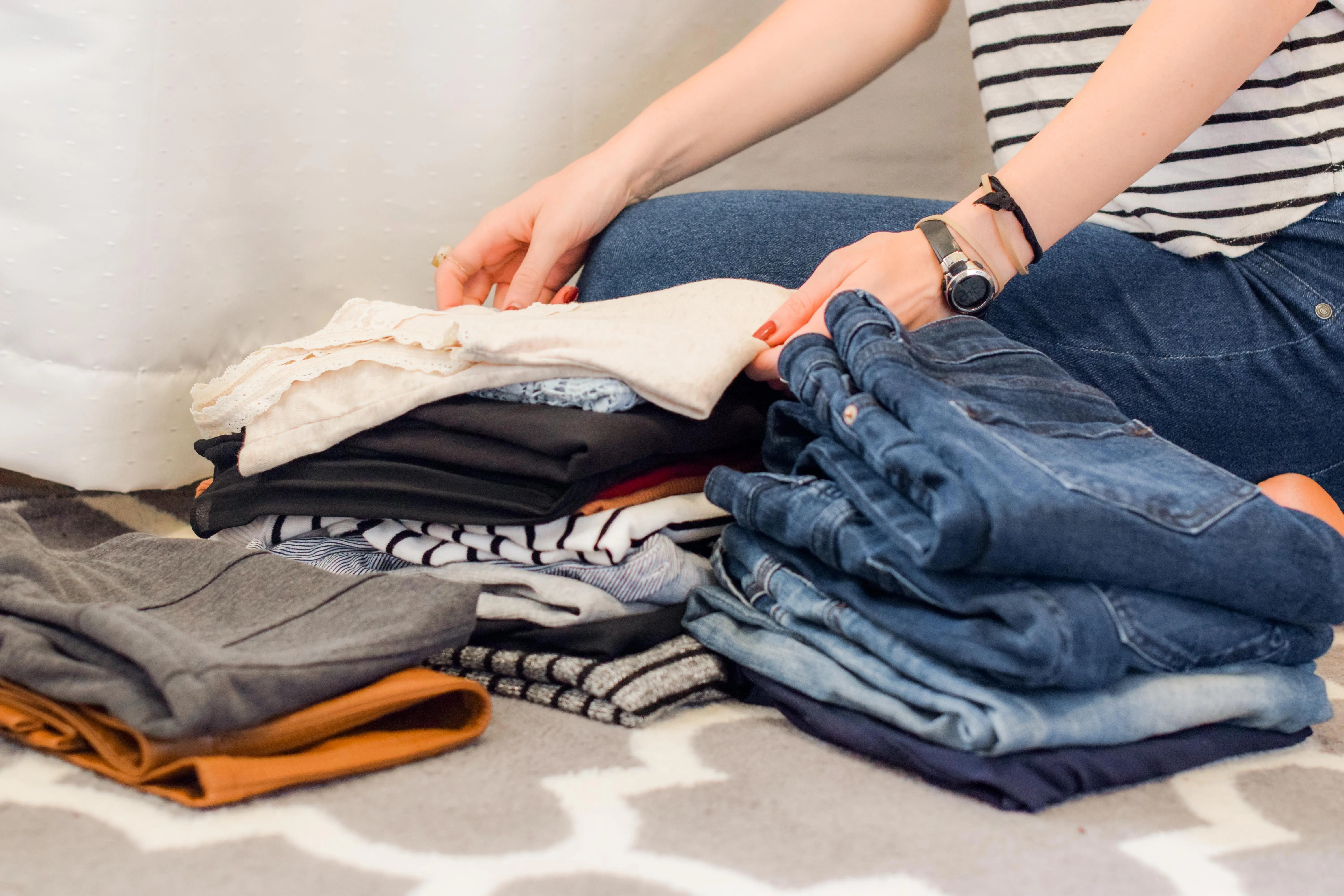
Sorting and Organizing Your Belongings
Dealing with emotional attachments to belongings can be challenging, but it's essential to remind yourself that memories reside in your heart, not in the physical items.
Sorting through belongings is a crucial step in the decluttering process. Embrace the "Keep, Donate, Toss" approach, evaluating each item's usefulness and sentimental value. For sentimental items, consider keeping only those that truly hold deep meaning and letting go of the rest.
As you progress, create a system for organizing important documents and paperwork, ensuring you can easily find what you need when necessary.
Decluttering Room-by-Room
Below is a method for de-cluttering by room. Start where you feel the most drawn, yet if you follow the system below you will end up at the area that usually takes the longest. By starting on the easier areas first, you will gain confidence in the process.
Begin the decluttering process in the living room, tackling excess furniture, and decor first. Consider whether each item serves a purpose or brings you joy. Organize entertainment centers and media to create a more relaxing space for unwinding.
Next, move to the kitchen, where expired food items in cluttered cabinets often lurk. Dispose of anything past its prime and organize your kitchen utensils and cookware based on frequency of use. A streamlined pantry will make meal preparation much more efficient.
In the bedroom, declutter your clothing and accessories, keeping only what you truly wear and love. Organize your closet and dresser to make getting ready each day a breeze. Keep your bedroom free from clutter and objects for a great night's sleep.
Proceed to the bathroom, where old and unused toiletries tend to accumulate. Declutter these items and implement a system for organizing beauty and skincare products to simplify your daily routine.
Don't forget to tackle your home office or workspace, sorting through office supplies and gadgets, and creating an efficient paper filing system to maintain productivity. Organize your computer files, emails, and digital photos into labeled folders. Unsubscribe from unnecessary email lists to reduce digital clutter.

Case Study: Christine - Clutter to Clarity
Meet Christine, a vibrant woman in her early 50s, who once had an organized and thriving life. However, as she entered midlife, she found herself grappling with brain fog and increasing clutter that seemed to surround her. Juggling her responsibilities as a wife, mother, and professional, Christine felt overwhelmed and lacked the mental clarity she once had.
The turning point in Christine's life came unexpectedly when her husband passed away. Amidst the profound grief, she faced the daunting task of handling the estate, including finding her husband's will. As she searched through piles of papers, old documents, and a sea of possessions accumulated over the years, her frustration mounted. The clutter that had quietly accumulated in her home was now becoming a tangible barrier to moving forward and finding vital legal documents.
With each day that passed, Christine felt the weight of the clutter and disorganization, adding to her grief and sense of helplessness. She realized that her clutter was more than just physical stuff; it was also a reflection of her emotional state and mental clutter. The lack of control over her physical surroundings mirrored the emotional chaos she felt inside.
Determined to honor her husband's memory and regain control of her life, Christine embarked on a transformative journey of decluttering and self-discovery. She sought support from friends and family, who understood the emotional toll of decluttering after losing a loved one. Together, they began the challenging but cathartic process of sorting through belongings, identifying what to keep, what to donate, and what to let go of.
During this decluttering process, Christine confronted her emotional attachment to certain items, allowing herself to grieve the memories associated with them without clinging to their physical presence. As she gradually let go of non-essential possessions, she felt a newfound sense of lightness and clarity emerging from the chaos.
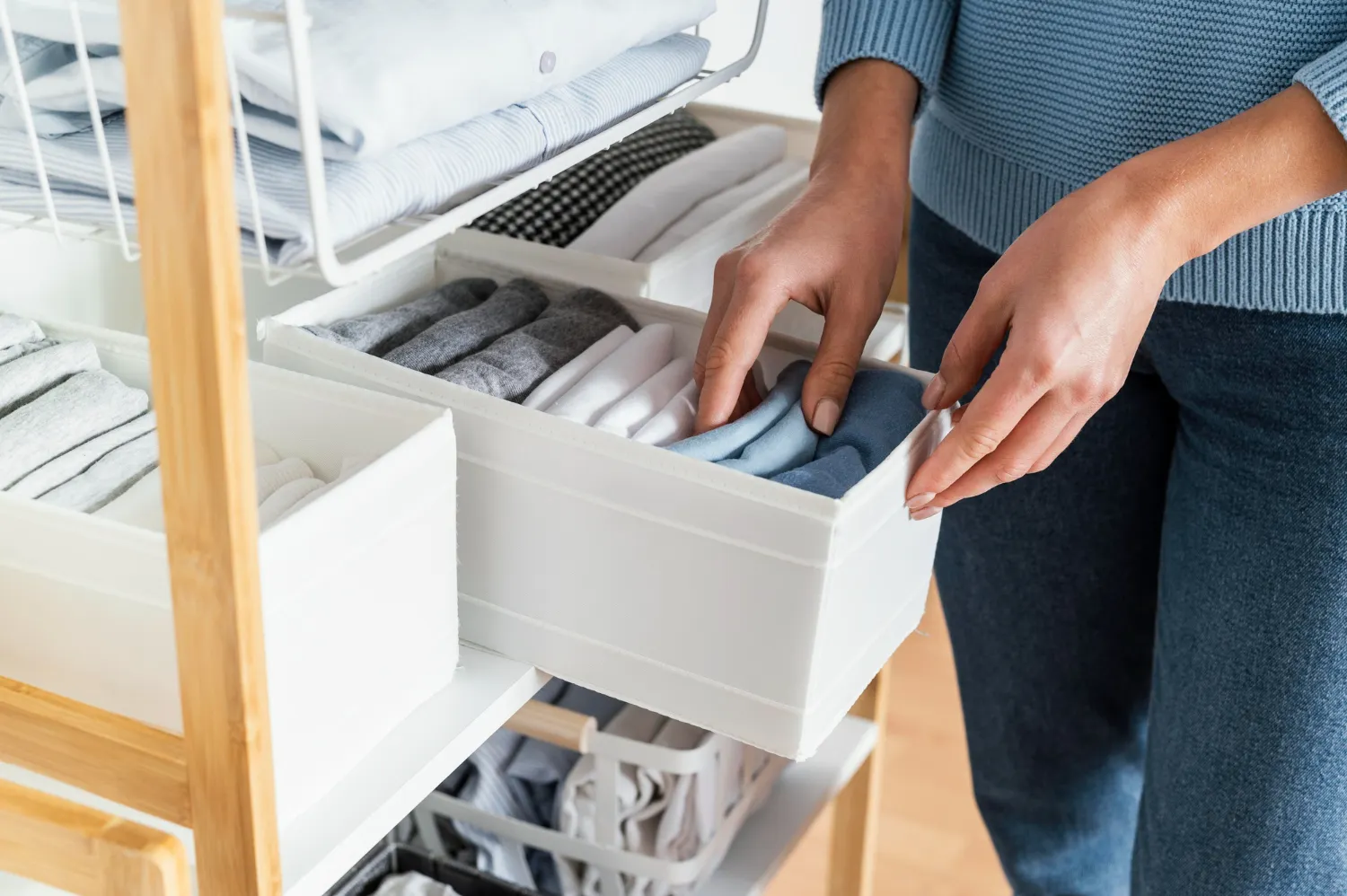
Christine sought guidance from a professional organizer and therapist, who recognized that her clutter was more than just a disorganized home—it was also a manifestation of her midlife brain fog and unresolved emotions. Through therapy, Christine began addressing her grief, stress, and the challenges of adjusting to her new reality. With time and support, she found solace in the memories of her husband while learning to release the grip of clutter and the past on her present and future.
As Christine decluttered, she discovered the long-lost will be tucked away amidst an old favorite book, finally providing the legal closure she needed. This moment was a powerful reminder of the importance of decluttering and its impact on mental clarity and practical matters.
Throughout her journey, Christine not only decluttered her physical space but also decluttered her mind and heart. The process became a cathartic healing experience, allowing her to reclaim her life and embrace the next chapter with newfound strength and purpose.
In the end, Christine's clutter-clearing journey taught her that decluttering goes beyond organizing physical possessions; it's about liberating oneself from the weight of the past and creating space for healing, growth, and new opportunities. The clutter that once overwhelmed her life became a catalyst for transformation, leading her to a place of clarity, peace, and renewed hope for the future.
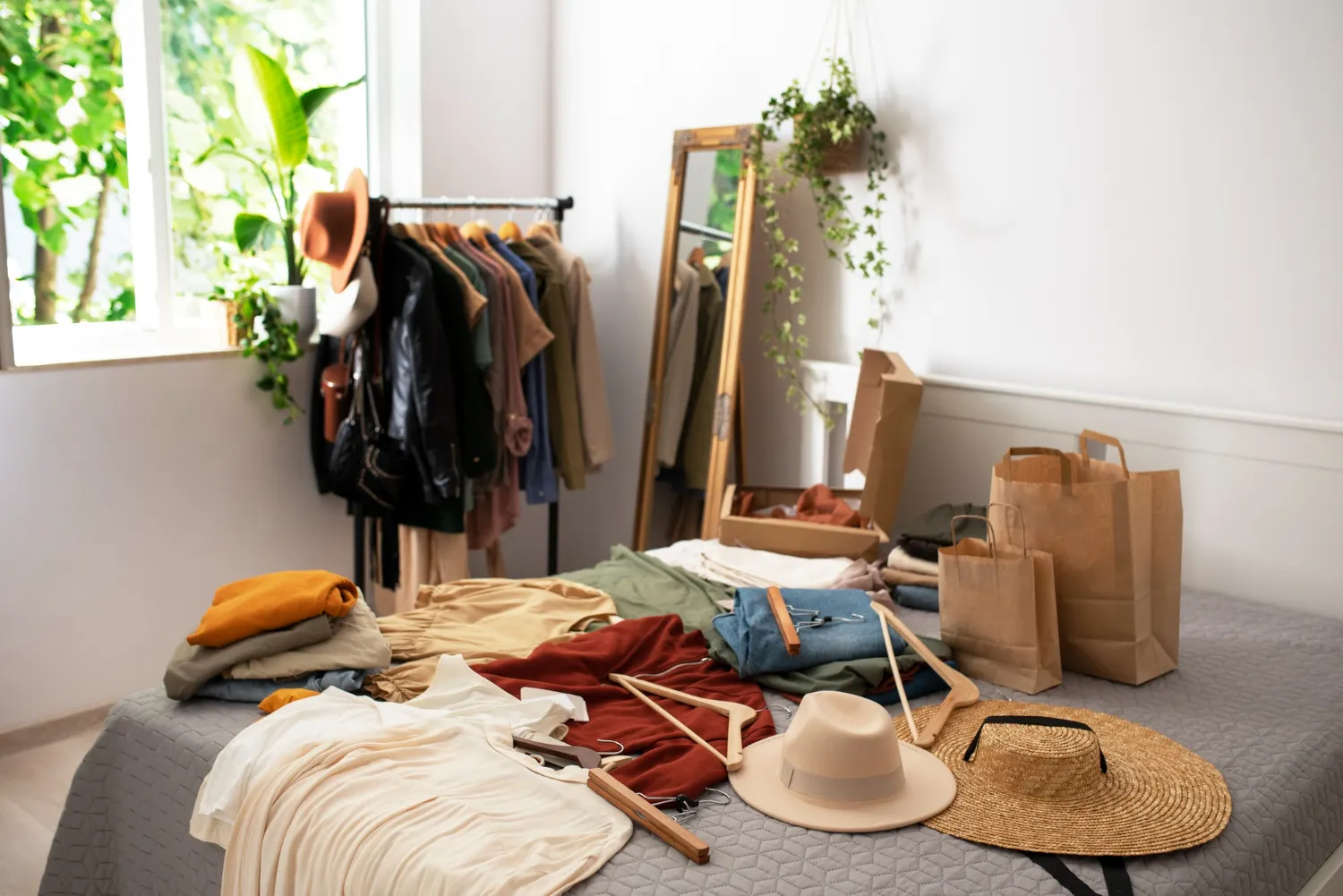
Letting Go of Clutter: Tips and Strategies
Embrace Emotional Release
Letting go of clutter can be an emotional journey, especially when certain items hold sentimental value. Recognize that it's okay to feel attached to possessions but remind yourself of the freedom that comes with letting go. To ease the process, consider taking photos of sentimental items to preserve the memories without holding onto the physical object.
Focus on the Positive Impact of Donations
When decluttering, shift your perspective towards the positive impact your donations can have on others. Knowing that your items will find new homes or serve someone in need can make parting with them more manageable. By donating, you extend the life of your belongings and contribute to a more sustainable world.
Consider Selling Valuable Items
For items with significant value, such as antiques or collectibles, consider selling them online or hosting a garage sale. Turning clutter into extra cash not only declutters your space but also provides a practical incentive for letting go of unnecessary possessions.
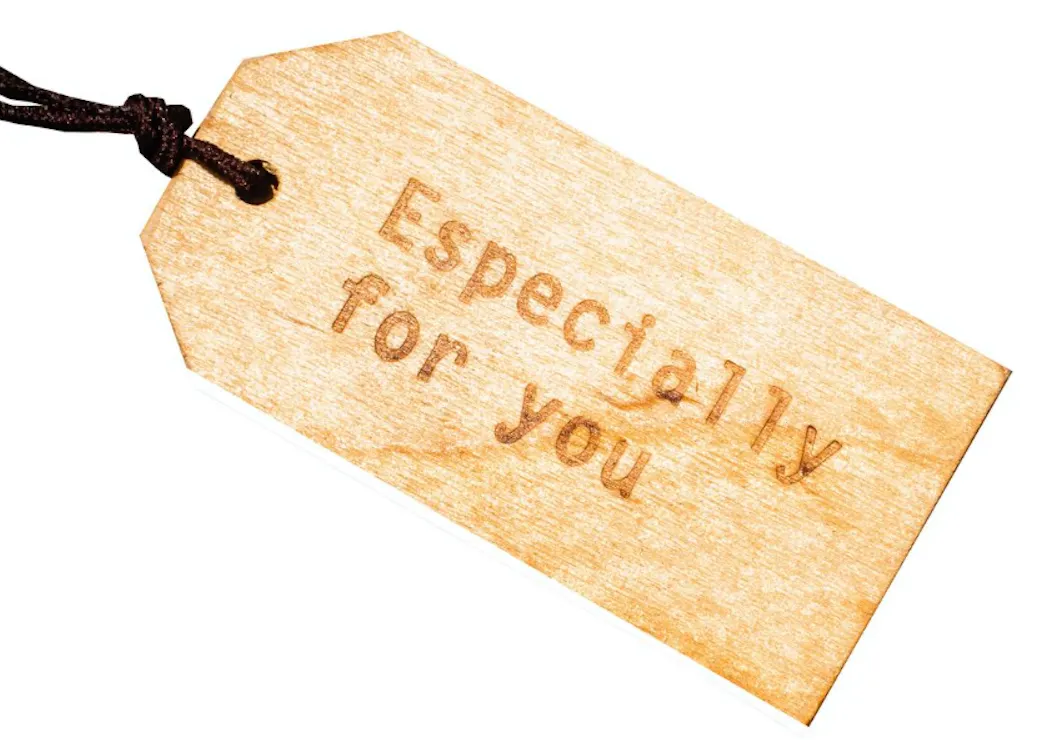
Enlist Support from Loved Ones
Decluttering can feel overwhelming, but you don't have to go through it alone. Seek support from friends or family during the process. Having a helping hand and someone to share the experience with can make it feel less daunting and even enjoyable. Plus, their presence can offer valuable insights on what to keep and what to let go of.
Set Achievable Intentions
Divide your decluttering project into smaller, manageable goals. Tackling one room or a specific category at a time prevents you from feeling overwhelmed and allows you to celebrate progress along the way. Remember, decluttering is a process, and taking small steps consistently will yield significant results.
Create Sorting Criteria
Develop clear sorting criteria, such as the "Keep, Donate, Toss" approach. Ask yourself if each item serves a purpose, brings joy, or holds genuine sentimental value. If not, consider letting it go to create more space and clarity in your surroundings.
Establish Designated Decluttering Zones
Designate specific areas for sorting and organizing your belongings. Create separate boxes or bins for items to keep, donate, or discard. Having clear zones streamlines the process and prevents items from getting mixed up.
Practice the "One In, One Out" Rule
To maintain a clutter-free home in the future, adopt the "One In, One Out" rule. For every new item you bring into your home, commit to letting go of one similar item. This rule ensures that your possessions remain balanced and prevents clutter from accumulating again.

Maintaining a Clutter-Free Home
Once you've achieved a clutter-free home, maintaining it requires a proactive approach. Implement a regular cleaning and organizing routine to prevent clutter from building up again. Set aside a few minutes each day to tidy up, and designate specific times for more thorough cleaning and decluttering sessions.
To avoid future clutter, be mindful of what you bring into your home. Before making a purchase, ask yourself if the item is truly necessary and if it aligns with your current lifestyle and needs. Embrace a minimalist mindset, focusing on quality over quantity when it comes to possessions.
Share the responsibility of maintaining a clutter-free space with your family members. Encourage open communication about organizing and decluttering, and work together to create a harmonious and tidy home environment.
No to Storage
While putting stuff in storage may seem like a convenient solution for dealing with clutter, it is not considered true decluttering. Often, people opt for storage units as a temporary fix, believing they are clearing their living space. However, this approach only masks the problem and delays the inevitable decision-making process.
Storing items away does not address the root cause of clutter, and over time, these items can become forgotten or neglected, accumulating unnecessary costs. True decluttering involves consciously evaluating each possession, letting go of what no longer serves a purpose, and creating a more intentional living environment. Embracing decluttering as a lifestyle change allows for the liberation of physical and mental space, leading to a more organized and fulfilling life.
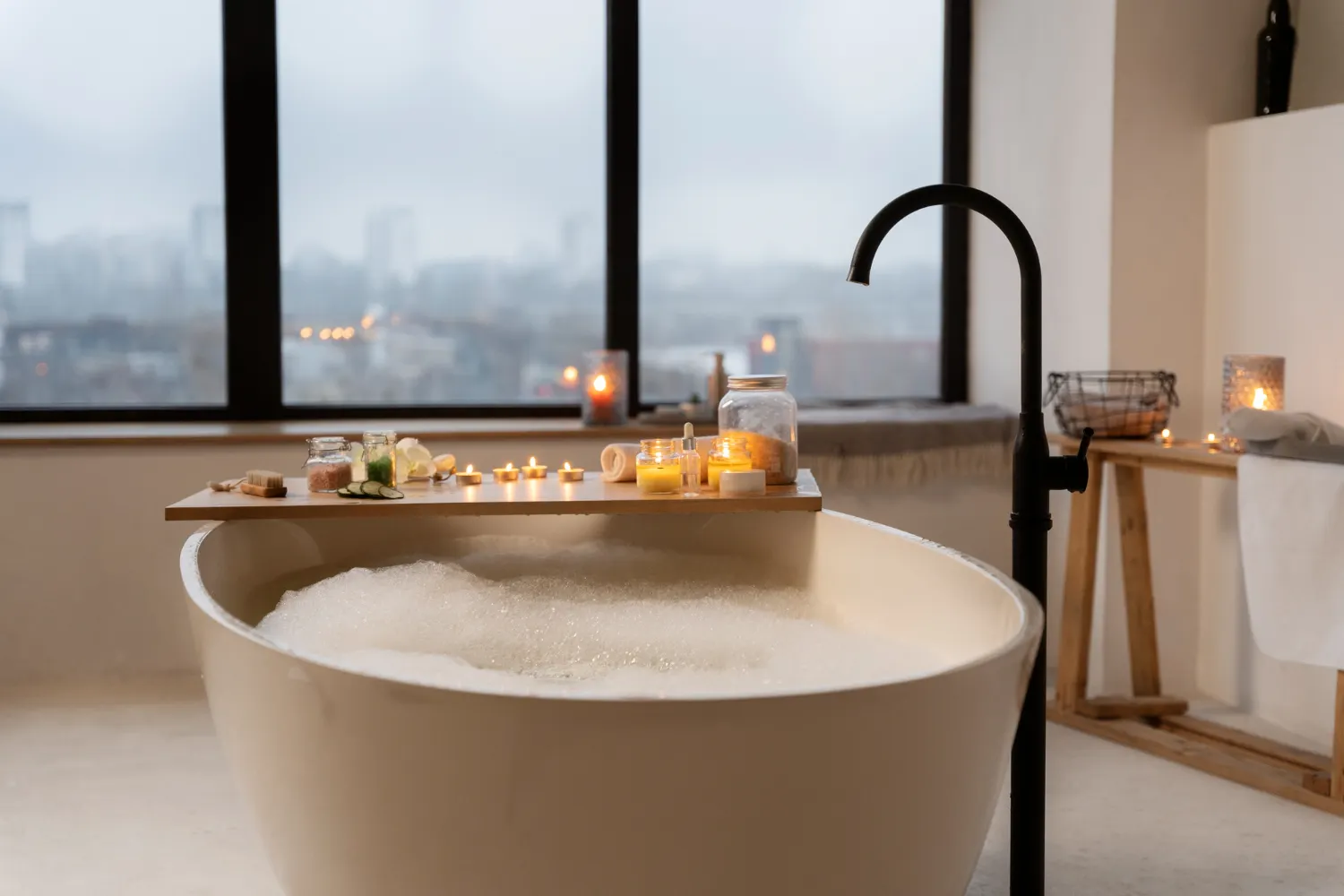
Celebrating Your Decluttering Success
Decluttering is a powerful journey of self-discovery and growth and a significant accomplishment worthy of celebration. Take a moment to acknowledge the progress you've made and the positive changes in your home and life. Reward yourself for achieving your decluttering goals, and treat yourself to some Sensibly Selfish self-care activity.
By implementing the tips and strategies in this post, you can create a harmonious and clutter-free space that fosters peace, productivity, and a renewed sense of well-being in your life.


